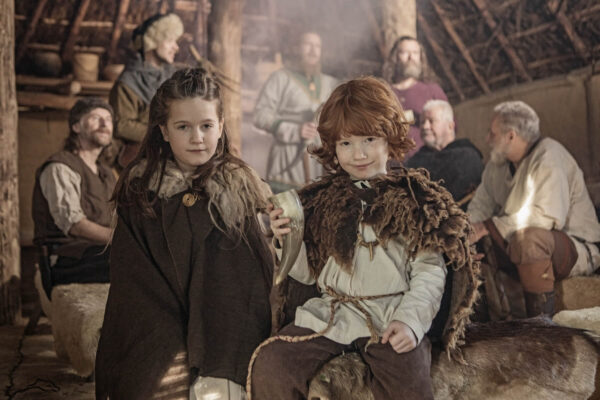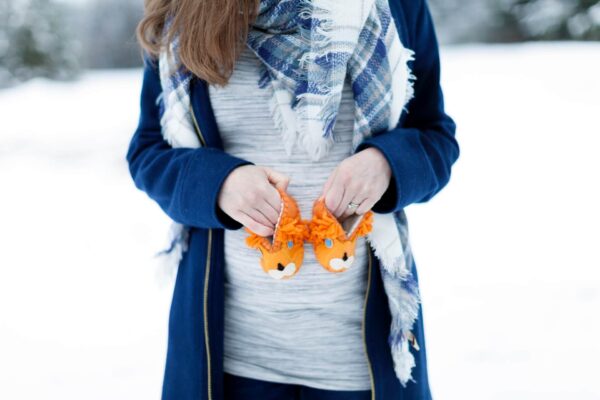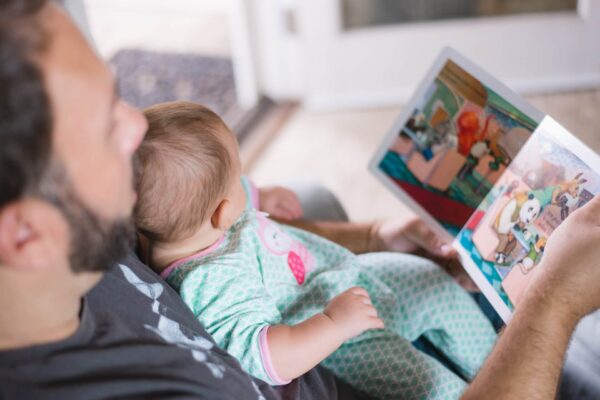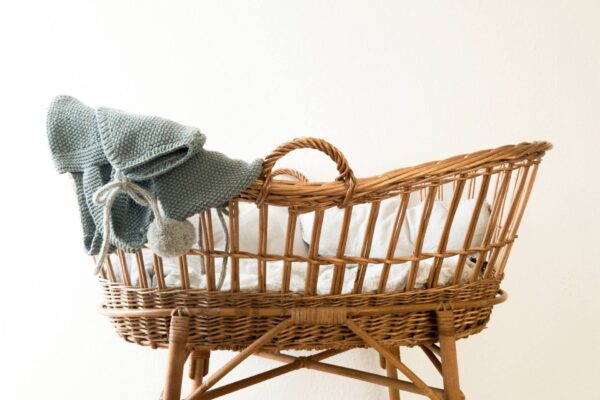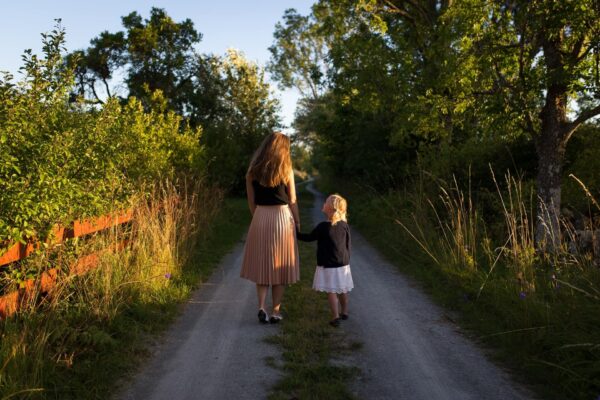Scandinavian surnames can be quickly recognised by their typical sound and appear particularly beautiful and unusual. But where do they actually come from and why are they so easy to categorise? While most surnames in Germany or England are derived from an occupation, Scandinavian surnames have a slightly different origin. We explain where they come from and what differences there are between the surnames in the individual Scandinavian countries.
Scandinavian surnames: popular, rare or particularly old?
Some surnames immediately evoke a certain Scandinavian flair, as can be seen in the German series production “Inga Lindström”, for example. When you hear the name, you immediately think of the beautiful Baltic coast south of Stockholm. The name Astrid Lindgren has also become a symbol of Sweden. Is it because these surnames are particularly common or because they are particularly old and have a long tradition?
Above all, they are popular and known worldwide, as you will probably realise when you read through the lists of famous bearers of these names. We have listed these below.
Origin: from North Germanic call names to patronyms
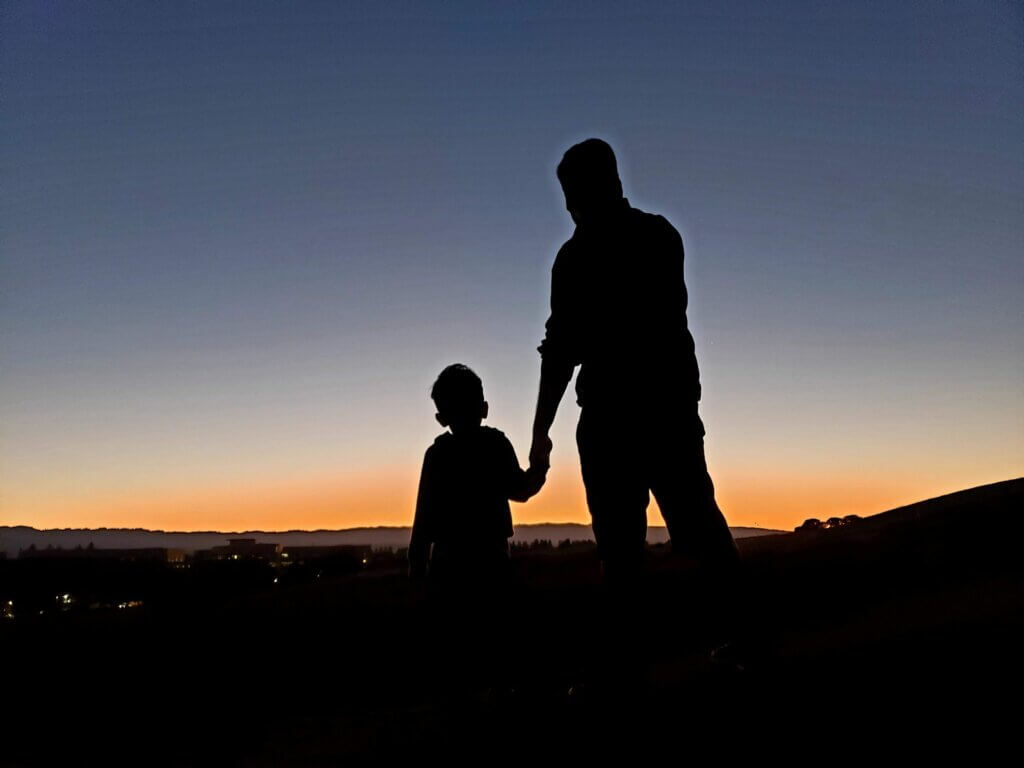
Originally, Scandinavian surnames came from the North Germanic language. There were Old Norse and Celtic surnames, many of which consisted of two parts. This was before the introduction of Christian first names for men and women.
Until the late 19th century, it was not common for the rural population of Sweden and Norway to adopt a surname. It was only later that naming rules emerged.
At the time of the Reformation, the practice of adding a suffix to the father’s Christian first name to form a surname for the child slowly spread in Scandinavia. There were different endings for daughter and son, which also differed depending on the country. These so-called “patronymics ” or “patronyms” can still be found in many Scandinavian countries today. However, they developed in very different ways. In some very rural areas of Scandinavia, it was also common to use the name of the farm on which one lived as a surname.
A patronym is derived from the first name of the father or a male ancestor and was often used as a surname for children or descendants in the past.
Swedish surnames
There are various classic endings to typical surnames in Sweden, but they don’t always make things easy for the bearers of the name. However, a third of all Swedish surnames end in -son: to be precise, around 20 per cent of the population have one of the five names Andersson, Johansson, Karlsson, Nilsson or Svensson. However, the most widespread and most common of these surnames is Andersson.
Typical endings of Swedish surnames are: -son, -qvist, -ström, -lund, -holm or -berg.
In Sweden, -son stands for “son” and thus denotes the patronymic. Until 1901, every Swede could still call himself whatever he wanted. The only rule was that the surname had to be entered in the church register. This meant that patronymics were created for newborn children. This looked like this: A simple -son was added to the father’s (usually Christian) first name for each son (e.g. Karl became “Karlsson”), while the daughter’s surname ended in -dotter – which translates as “daughter”.
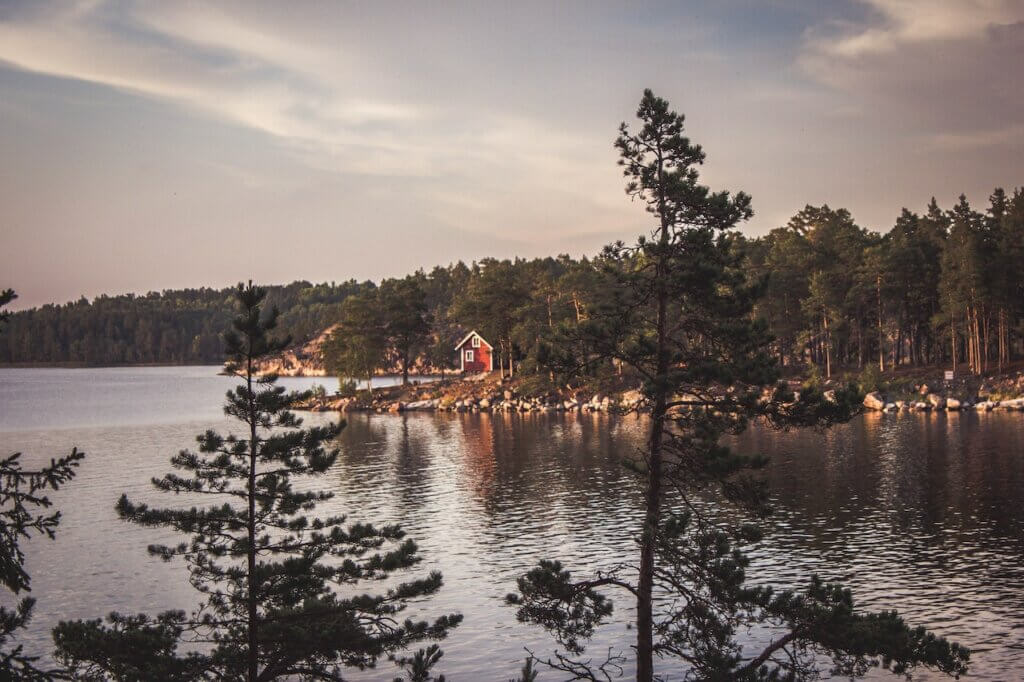
In the 17th century, two-part surnames with nature motifs became popular among the Swedish bourgeoisie. There are still many of these today. Examples include: Palmgren (“Palm Palace”), Rosenqvist (“Rose Branch”) or Lindström (“Linden Stream”). In contrast to the “Sons”, these names were reserved for the higher social classes, from the middle classes to the nobility. In Sweden, therefore, a kind of social hierarchy emerged that was recognisable from the surnames.
In 1946, the Swedish king issued a decree to put an end to the chaos of the many similar surnames. An application for a new surname can still be made today at the so-called Statens Namnbyrå, the state naming office in Sweden. Applicants can find ideas in the Svensk Namnbok (“Swedish Name Book”), which was developed in 1920. The Släktnamnskommitté (“Surname Committee”) is also responsible for other new surnames in Sweden. The final decision is made by the Swedish Statistical Office.
Today, surnames with -son no longer refer directly to the father. In the case of ABBA member Benny Andersson, for example, his name only indicates that one of his ancestors was once called Anders.
The most common surnames in Sweden
- Andersson
- Johansson
- Karlsson
- Nilsson
- Svensson
- Eriksson
Prominent name bearers from Sweden
- ABBA member Benny Andersson
- Singer Zara Larsson
- Crime writer Stieg Larsson
- Actor Mikael Nyqvist
- Environmental activist Greta Thunberg
- Author Inga Lindström (pseudonym of Christiane Sadlo)
- The novel character Nils Holgersson
- Astrid Lindgren’s novel characters Kalle Blomquist and Emil Svensson (of Lönneberga)
Danish surnames
Typical ending of Danish surnames: -sen
The origin and history of surnames in Denmark are very similar to those in Sweden. Here, the ending -sen traditionally stands for the patronymic, which still dominates the majority of Danish surnames today. There are only a few surnames that can be derived from other characteristics. However, in order to distinguish between the many “Sens”, the Danes began to add a place or occupational name to this patronymic (e.g. a Johannsen who lived in Broby became a Johannsen-Broby).
Originally, -datter was added to the father’s first name for daughters and -søn for sons to create the surname. Later, however, -sen developed into a common ending for both genders. It was not until 1828 that the law passed in Schleswig, which made it compulsory to have a fixed surname, also came into force in Denmark. Here, however, it initially met with resistance.
Nevertheless, there are no new patronymics in Denmark today. Although the old ones are still the most common, they are now passed down from generation to generation.
The Faroe Islands are an exception: They belong to Denmark politically, but here you have the freedom to choose between the family name or the patronymic.
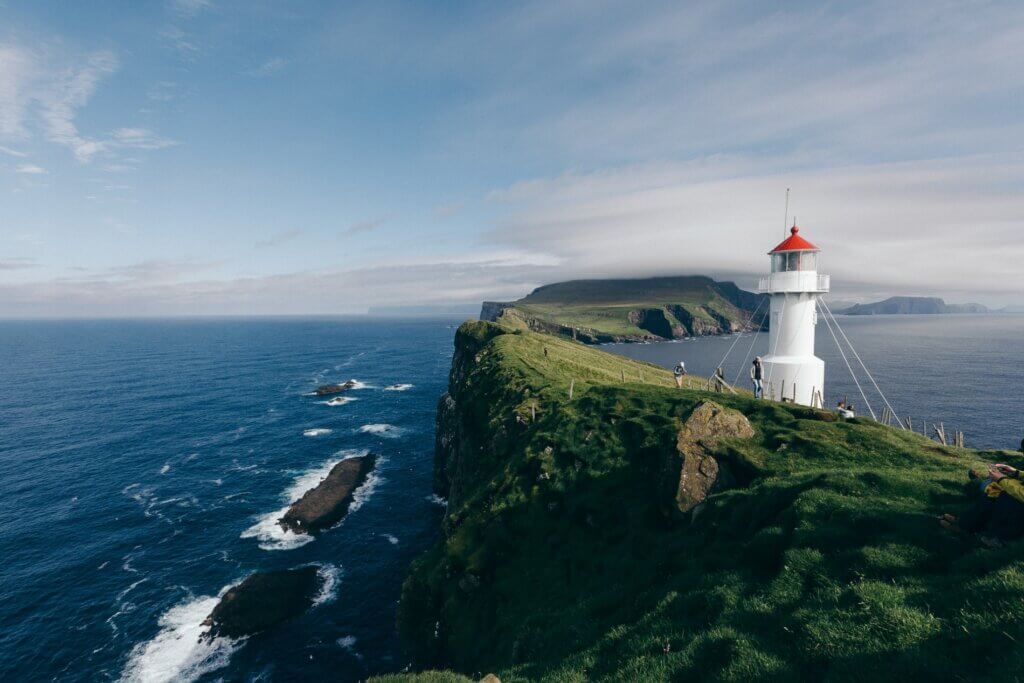
The most common surnames in Denmark
- Jensen
- Nielsen
- Hansen
- Pedersen
Celebrity surnames from Denmark
- Actor Mads Mikkelsen
- Actor Viggo Mortensen
- Actress Brigitte Nielsen
- Writer and fairy tale author Hans Christian Andersen
Norwegian surnames
Typical endings of Norwegian surnames are -son or -ström
The rules in Norway were very similar to those in Sweden: Initially, surnames had great significance. Later on, patronyms prevailed, which had the respective endings -son for the son and -dotter for the daughter. These were abolished when the law was changed in 1901 and the names of the sons became the new family names, as wives and children took on the names of the men. This is why there are still numerous names in Norway today that end in the suffix -son, while -dotter slowly disappeared.
Other surnames derived from place names or from the farms on which the Norwegians lived. Nature names also spread, which is why the suffix -ström, meaning “stream” or “river” is still common today. No wonder, as Norway is known as the land of fjords and rivers.
Due to the abundance of similar surnames ending in -son, Norway also introduced a law allowing surnames to be officially changed.
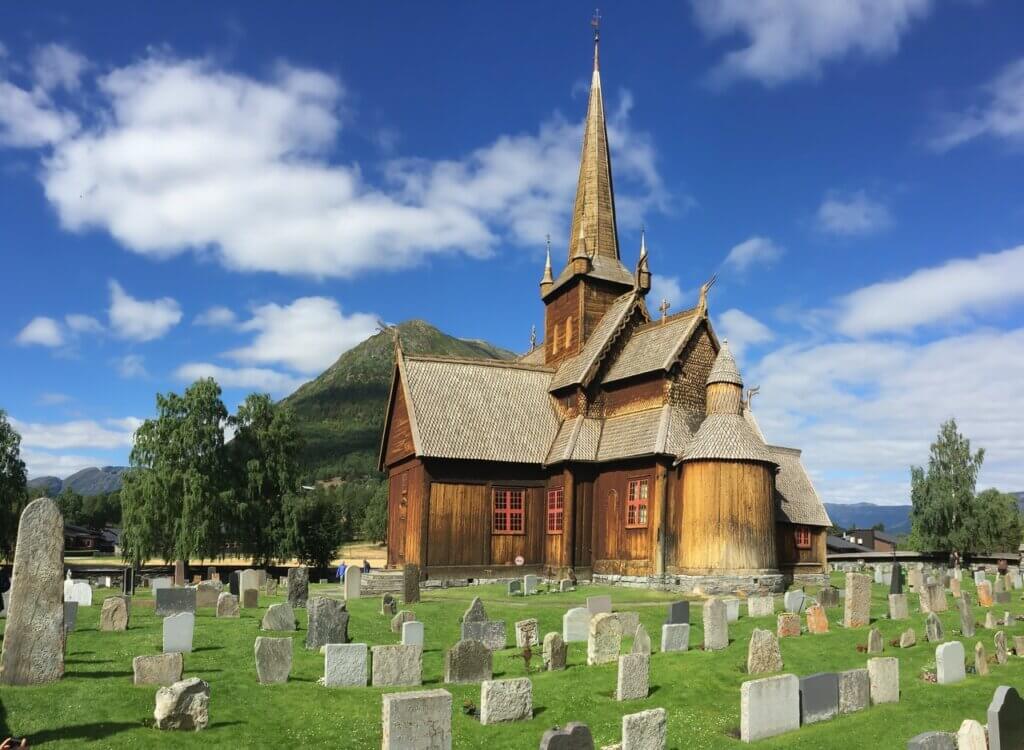
Icelandic surnames
Typical endings of Icelandic surnames are -son or -dottir
Iceland is an exception in terms of the history of Scandinavian surnames. Christian first names only became widespread here much later, which is why traditional surnames were still used for a long time.
Later, however, the patronymic system developed here too, which still exists today. While patronyms led to problems with too many identical names in the other Scandinavian countries, the Icelandic independence movement in the 19th century argued in favour of retaining the North Germanic naming system – namely patronymics. Until 1925, it was even legal here to adopt any surname.
In Iceland, patronymics are also formed from different endings for son(-son) and daughter(-dottir). To this day, Iceland does not have a classic surname system in which the surname is passed on from generation to generation. Instead, the following still applies: if the father’s first name is “Jón”, for example, then the son is given the surname “Jónsson” and the daughter the surname “Jónsdottir”.
However, in order to avoid two family members having roughly the same name, another variant is used to indicate descent: the paternal grandfather’s name is added to the name with the suffix -sonar. Other surnames have only spread in Iceland through foreign immigrants.
Due to the patronymic system, the first name is much more important in Iceland than the surname: for example, the Reykjavík telephone directory is sorted by first name and not by surname. Moreover, you are even formally addressed by your first name. Similar to Sweden, Iceland also has a naming committee. However, this only concentrates on first names that should be traditionally Nordic.
Finnish surnames
The origin of Finnish surnames is far more unusual, as they do not go back to the patronymic system. However, there are classic endings here too. More than a third of all Finns have a surname that ends in the suffix -nen . The two most common names in the country are Korhonen, Virtanen, Nieminen, Mäkinen, Hämäläinen, Koskinen, Heikkinen and Järvinen.
Typical endings of Finnish surnames: -nen, -la, -lä
Traditionally, surnames in Finland refer to the family’s place of residence, which is then linked to the ending. For example, Virtanen stands for a “small stream”, the name Mäkinen indicates that the family lived on a mountain.
Other Finnish surnames refer to a profession or nature motifs and emphasise the Finns’ close relationship with nature. A famous example of this is the designer Alvar Aalto, whose surname translates as “wave”. Furthermore, since a change in the law in the 1990s, Finns can freely choose their surname and combine it with that of their partner if they wish.
Genealogical research: find the origin of your surname
Does a name sound familiar to you or are you curious to find out whether your surname also has a Scandinavian origin? You can use genealogical research methods to find out whether your ancestors may even have come from a country in Scandinavia. Genealogy has become a popular and exciting hobby for which you can find tips and instructions online or in numerous books.
You also have the opportunity to carry out a genetic ancestry test yourself. This is very easy with a test kit, which is sent in and can be used to analyse your DNA.


